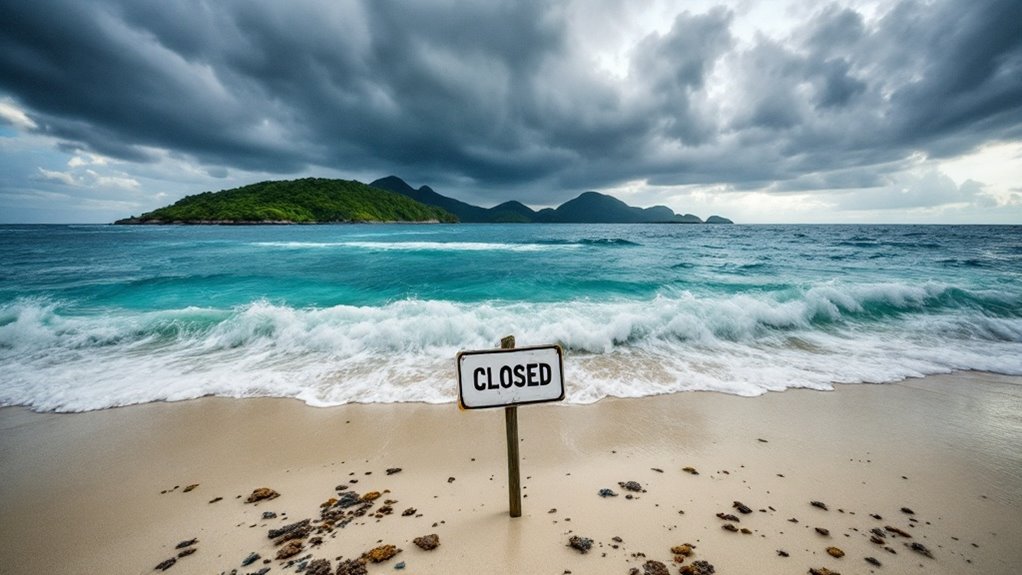Thailand’s Similan Islands are off-limits to all visitors from May 15 to October 15 each year, due to an annual closure by park authorities. This period coincides with the hazardous southwest monsoon season, when rough seas and strong winds create dangerous conditions. The closure also lets fragile coral reefs and marine ecosystems recover from high tourist activity. Visitors and operators must wait until mid-October, when the park reopens under improved conditions and reinforced conservation measures. Further information highlights these ongoing protections.
As part of its annual conservation strategy, the Similan Islands National Park in Thailand will remain closed to all visitors from May 15 to October 15, aligning with the region’s southwest monsoon season. This closure, which will also apply in 2025 and future years, covers a period of approximately six months each year. The predictable schedule enables both tourists and conservation teams to plan accordingly, as reopening typically takes place in mid-October after the monsoon subsides.
The primary reason for this closure is the onset of the southwest monsoon, which brings rough seas, heavy rainfall, and hazardous conditions to the area. These seasonal weather patterns make travel and recreational activities unsafe, with strong winds, powerful currents, and limited visibility posing significant risks to boats and swimmers alike. By restricting access during this period, officials guarantee visitor safety while also reducing human disturbance across the islands. The seasonal closure enhances visitor safety by ensuring that tourists are not exposed to the unpredictable and sometimes dangerous weather conditions that prevail during the monsoon.
Beyond safety, the closure serves vital environmental purposes. The Similan Islands, recognized as one of Thailand’s premier marine national parks, are famed for their vibrant coral reefs and rich marine biodiversity. High numbers of tourists during the open season can exert pressure on these ecosystems, leading to noise, pollution, and habitat disruption.
The annual break allows coral reefs to recover from physical stress and improves water quality due to decreased boat traffic and human presence. Marine species, including nesting sea turtles, benefit from the reduced disturbance, gaining ideal conditions for breeding and development. These efforts contribute to the long-term sustainability of the Similan marine environment, supporting the preservation of unique species and pristine underwater habitats that attract scuba divers and snorkelers from around the world.
During the closure, all visitor access is strictly prohibited. Tour operators and tourists are encouraged to arrange trips outside the closure dates and to follow responsible tourism practices when the park reopens. Educational campaigns reinforce the importance of respecting these periods for the benefit of future generations.
Thailand’s commitment to annual closures underscores a broader strategy for marine protection, with ongoing monitoring and adaptive management expected to maintain the Similan Islands as a world-class marine sanctuary.







